Indian Motorcycle Technologies and Their Brief Details
From the past few years, the motorcycle brands are bringing some highly innovative technological trends in bikes to make them more versatile and eye-candies for the enthusiasts. With this rapid advancement in technological aspects, everyone loves to stay updated with the latest automation buzzes. Ergo, to make this task facile for you, we have decided to give a brief introduction of all the fresh technological improvements, which are incorporated by the well-known brands into their machines.
However, that time was long gone when electronic instruments are the only one which getting high-end technologies. These days, not only mobile, LCD, Laptops, tablets are receiving high-end technologies, but the newly launched motorcycles are also being awarded high-end specifications along with efficient technology. Each and every automobile manufacturer would like to deliver something sole and peculiar with their new products, which they will be going to introduce in the market. So, here are the details of some of the latest high-end technologies, which are being explored and used by their respective automobile manufacturer.
Hero’s Patented IBS Technology
IBS stands for Integrated Braking System. The technology being used by Hero MotoCorp on its most selling commuters motorcycles. Actually, under new safety norms, it is a mandatory feature on the motorcycle below 125cc engine displacement. The IBS could be understood as a replacement for Anti Lock Braking System (ABS) on the bike with 125cc or above. However, the braking mechanism here is slightly different from the CBS. The front brake involvement here is little while applying pressure on rear brake pedal. Whereas with Combined Braking System the amount of applied braking force is determined by a proportional control valve. It allows the rider for harsh braking during a panic situation without fear of bike skid.
KTM Fuel Injected 2-Stroke Engine
In this fast paced technological world, we have already witnessed the use of efficient turbocharging and direct-injection technologies in our vehicles’ powertrain, which not only speed up our vehicles but also enhances their fuel economy. But the future is waiting with some more advanced innovations like variable compression and seamless engine technologies. On the same run, well-known Austrian auto major, KTM, which is highly acknowledged for its performance bikes, has developed an all-new fuel injected 2-stroke engine for its dirt bikes. That is also known as the Transfer Port Injection Technology. Comparatively, it generates more power at per revolution of a crank than a four-stroke engine and offers top speed numbers.
Altogether, the bikes with these two stroke engine need more control to handle the excessive power generation. So in order to tackle with this kind of situations, the bike maker did not use the carburetor, owing to which the vehicle gets a clean, efficient and controlled power delivery with the same exceptional performance output. Moreover, the necessary pre-mixing of fuel and re-jetting of a carburetor, kind of adjustment has also been completely ended, which helps in reducing engine’s weight and let it perform much better. The KTM dirt bikes such as new 250 EXC TPI and 300 EXC TPI are equipped with this new 2-stroke fuel injected engine and the upcoming 2018 EXC enduro lineup could get this fitment sooner.
KTM Ride by Wire Technology
Ride by Wire technology seemingly fits clutter of air-fuel mixture in perfect quantities with its ECM based signal sensors. The acceleration by the rider will send a signal to the actuator in the electronic throttle sensor which in return awakes the ECM for maintaining the air-fuel mixture. KTM is done with the technology and hence provides most efficient engine performance with reduced combustion.
TVS CVTi Technology
In this crowded Indian automobile market, TVS Motors is basically a highly reputed home based two wheeler manufacturer of its products in all categories like motorcycles, scooters, moped, etc. However, TVS Apache series RTR (release throttle response) technology is on the top of the provided technologies of the giant in order to offer exceptional performance to the Indian racing enthusiasts. RTR provides more acceleration by releasing throttle when you are at top speed.
A long time ago introduced CVTi technology is also an another technology which offers high power delivery with an excellent fuel economy. Constant Variable Timing Ignition uses two parts- Swirl Port and Power Port, where Swirl Port creates a lean air-fuel mixture in a Swirl motion which combusts efficiently for better fuel economy. While Power Port permits high flow rate for delivering high power at low RPM. Currently, the manufacturer is using this CVTi technology in its various commuter motorcycles and scooters.
Bajaj Platina Comfortec
After tasting a huge success from its last Platina ES, a purposely built motorcycle for offering healthy fuel economy. Now, Bajaj Auto has brought a revamped version with an all new ComforTec technology, called as Platina ComforTec. ComforTec is a uniquely designed technology for unconventional comfort on to the well known Indian roads having potholes and broken patches. Claimed to reduce 20% jerks on to these uneven roads, this technology includes some new components to enhance the riding experience are 28% longer front suspension, 22% extra long double spring rear suspension, long and spring soft seat and rubber foot pads.
APRC Aprilia AQS System Aprilia Quick Shift
The fundamental principle behind a quick shifter is to take care of the clutch engagement/ disengagement part on a motorcycle. All the rider has to do is to use the gear level to upshift without bothering about the clutch lever. Aprilia’s AQS System will sense when a upshift is about to take place with the help of onboard sensors. After the detection, the system immediately cuts off fuel to the motor and removes the load on it. Resultantly, the new gear gets to slip into the place with no damage to the transmission.
Bajaj DTS-i
The Bajaj Auto is one of the major automobile manufacturers in India. The most favored motorcycle by the company is the Bajaj Pulsar. When launched in 2001, Pulsar 150 was featuring an air-cooled, single-cylinder, spark-ignited, four-stroke engine and appeared with a single spark plug, which ignites the air-fuel mixture from the carburetor.
Subsequently, the Bajaj Auto had explored the DTS-i technology, briefed as Digital Twin Spark-ignition Technology. The DTS-i helps to increase the peak power of the motorcycle and also enhances the fuel economy. The DTS-i engine consists of twin spark plugs that result in greater combustion rate, which enhances the engine life and fuel efficiency both. Later on, the company had come up with DTS-Fi, i.e. Digital Twin Spark Fuel-Injection. If concluded, it only means that the petrol entering into the cylinder burns more efficiently rather than the normal engine.
Hero MotoCorp’s APDV Technology
Hero Moto Corp uses the APDV Technology in some of its popular mid-segment fuel efficient bikes like Splendor Pro, Hero splendor, Splendor NXG, and Passion Pro. APDV stands for Advanced Pro-Series Digital Variable Ignition technology, which is designed and developed by Hero MotoCorp solely. This technology uses an electronically controlled variable ignition. The ignition timing is controlled via TCI system and CDI unit. The basic purpose of using this system is to enhance the mileage of the bike and receive better pick-up.
Hero’s i3S and ATFT
Here comes another superhero of Indian roads, Hero Motocorp. This Indian leading automobile manufacturer has come up with two technologies, i3S technology, and ATFT. The i3S has introduced in the recently launched Hero Splendor iSmart commuter motorcycle. The i3S stands for Idle Stop and Start System. The basic function of the i3S technology is that it shuts down the engine automatically when the motorcycle was standing in an idle manner and it just requires a throttle from the rider’s end to turn it on.
ATFT (Advanced Tumble Flow Induction Technology) is an optimized engine designing to prompt the twirling motion in the air-fuel mixture in the combustion chamber. The ATFT concludes efficient combustion of fuel along with fuel economy and least smoke.
Honda’s HET
Honda Motorcycle and Scooter India (HMSI) is another one of the leading Japanese automobile industry in India. The company doesn’t lag behind any other global manufacturer in terms of either technical or cosmetically. HMSI introduced its own HET technology in its leading scooter, Activa along with Dio and Aviator. The HET (Honda Eco Technology) is basically a fuel efficient technology, which has been equipped with the scooter range from the company. It’s not exactly a component or a device, it’s just a mechanism to heighten the mechanical and fuel efficiency by improving the combustion with a new spark plug. However, the power and torque figure remain the same, only the V-music ratios have been refurbished.
Yamaha’s Blue Core Technology
Well, no one can beat this Japanese automobile manufacturer in terms of technology. Yamaha introduced two new motorcycles last month, which has been equipped with the Blue Core Technology along with FI. The motorcycles were named as Yamaha FZ-FI and FZS-FI. The Fuel-Injected system falls under the Blue Core Technology. By introducing this technology, the manufacturer brings three parameters in focus: Combustion improvement, Less Power loss, and better fuel efficiency. Yamaha has brought together these two technologies to boost all the three parameters.
Yamaha has introduced a fuel injector motor by replacing the carburetor. The fuel injector will be providing fuel to the motor more precisely if compared to the carburetor. There will certain possibilities that the company will be using the Blue Core Technology in its upcoming two-wheelers.
Suzuki’s SEP
Suzuki Motor Corporation is one another multinational automobile corporation based in Japan. However, to be in the competition Suzuki has also introduced its own Suzuki Eco Performance and the recently launched Let’s scooter and Suzuki Gixxer motorcycle is being favored by the technology. The theory behind acquiring the SEP technology is to accomplish the requirement of good performance two-wheelers along with better fuel-efficiency.
The SEP technology doesn’t change the power figures of the motorcycles and scooters which are being maintained by the manufacturer. And, if it will get affected by the SEP, the power figures will definitely jump over towards the upper mark, it won’t step-down. The technology is just being utilized to improve the engine performance and to make the motorcycle a fuel-efficient vehicle. The company is looking forward to introducing the SEP technology in its upcoming vehicles as well.
TVS RTR
There is hardly a bike freak who doesn’t hear about this beast from TVS. The company’s flagship and the most favored performance commuter motorcycle, TVS Apache RTR. Here, RTR is not exactly a technology; it stands for Racing Throttle Response. RTR has been a key to measuring the quick response given by the vehicle when the pedal was being pressed when the rider request for acceleration how quickly the internal combustion engine responses to increasing the power output. The RTR doesn’t mean to provide better power output; it only measures the time taken by throttle response to change the power level.
While concluding, I would like to say that whatever theory or technology the automobile companies are introducing in their vehicles; they all are carrying the same perception of providing better mileage, to enhance the performance of the vehicle along with least maintenance.
Indian Motorcycle Technologies and Their Brief Details
http://www.blog.sagmart.com/wp-content/uploads/2016/04/indian-motorcycle-technologies-300x300.jpg Bikes Reviews and TipsFrom the past few years, the motorcycle brands are bringing some highly innovative technological trends in bikes to make them more versatile and eye-candies for the enthusiasts. With this rapid advancement in technological aspects, everyone loves to stay updated with the latest automation buzzes. Ergo, to make this task facile for you, we have decided to give a brief introduction of all the fresh technological improvements, which are incorporated by the well-known brands into their machines.
However, that time was long gone when electronic instruments are the only one which getting high-end technologies. These days, not only mobile, LCD, Laptops, tablets are receiving high-end technologies, but the newly launched motorcycles are also being awarded high-end specifications along with efficient technology. Each and every automobile manufacturer would like to deliver something sole and peculiar with their new products, which they will be going to introduce in the market. So, here are the details of some of the latest high-end technologies, which are being explored and used by their respective automobile manufacturer.
Hero’s Patented IBS Technology
IBS stands for Integrated Braking System. The technology being used by Hero MotoCorp on its most selling commuters motorcycles. Actually, under new safety norms, it is a mandatory feature on the motorcycle below 125cc engine displacement. The IBS could be understood as a replacement for Anti Lock Braking System (ABS) on the bike with 125cc or above. However, the braking mechanism here is slightly different from the CBS. The front brake involvement here is little while applying pressure on rear brake pedal. Whereas with Combined Braking System the amount of applied braking force is determined by a proportional control valve. It allows the rider for harsh braking during a panic situation without fear of bike skid.
KTM Fuel Injected 2-Stroke Engine
In this fast paced technological world, we have already witnessed the use of efficient turbocharging and direct-injection technologies in our vehicles’ powertrain, which not only speed up our vehicles but also enhances their fuel economy. But the future is waiting with some more advanced innovations like variable compression and seamless engine technologies. On the same run, well-known Austrian auto major, KTM, which is highly acknowledged for its performance bikes, has developed an all-new fuel injected 2-stroke engine for its dirt bikes. That is also known as the Transfer Port Injection Technology. Comparatively, it generates more power at per revolution of a crank than a four-stroke engine and offers top speed numbers.
Altogether, the bikes with these two stroke engine need more control to handle the excessive power generation. So in order to tackle with this kind of situations, the bike maker did not use the carburetor, owing to which the vehicle gets a clean, efficient and controlled power delivery with the same exceptional performance output. Moreover, the necessary pre-mixing of fuel and re-jetting of a carburetor, kind of adjustment has also been completely ended, which helps in reducing engine’s weight and let it perform much better. The KTM dirt bikes such as new 250 EXC TPI and 300 EXC TPI are equipped with this new 2-stroke fuel injected engine and the upcoming 2018 EXC enduro lineup could get this fitment sooner.
KTM Ride by Wire Technology
Ride by Wire technology seemingly fits clutter of air-fuel mixture in perfect quantities with its ECM based signal sensors. The acceleration by the rider will send a signal to the actuator in the electronic throttle sensor which in return awakes the ECM for maintaining the air-fuel mixture. KTM is done with the technology and hence provides most efficient engine performance with reduced combustion.
TVS CVTi Technology
In this crowded Indian automobile market, TVS Motors is basically a highly reputed home based two wheeler manufacturer of its products in all categories like motorcycles, scooters, moped, etc. However, TVS Apache series RTR (release throttle response) technology is on the top of the provided technologies of the giant in order to offer exceptional performance to the Indian racing enthusiasts. RTR provides more acceleration by releasing throttle when you are at top speed.
A long time ago introduced CVTi technology is also an another technology which offers high power delivery with an excellent fuel economy. Constant Variable Timing Ignition uses two parts- Swirl Port and Power Port, where Swirl Port creates a lean air-fuel mixture in a Swirl motion which combusts efficiently for better fuel economy. While Power Port permits high flow rate for delivering high power at low RPM. Currently, the manufacturer is using this CVTi technology in its various commuter motorcycles and scooters.
Bajaj Platina Comfortec
After tasting a huge success from its last Platina ES, a purposely built motorcycle for offering healthy fuel economy. Now, Bajaj Auto has brought a revamped version with an all new ComforTec technology, called as Platina ComforTec. ComforTec is a uniquely designed technology for unconventional comfort on to the well known Indian roads having potholes and broken patches. Claimed to reduce 20% jerks on to these uneven roads, this technology includes some new components to enhance the riding experience are 28% longer front suspension, 22% extra long double spring rear suspension, long and spring soft seat and rubber foot pads.
APRC Aprilia AQS System Aprilia Quick Shift
The fundamental principle behind a quick shifter is to take care of the clutch engagement/ disengagement part on a motorcycle. All the rider has to do is to use the gear level to upshift without bothering about the clutch lever. Aprilia’s AQS System will sense when a upshift is about to take place with the help of onboard sensors. After the detection, the system immediately cuts off fuel to the motor and removes the load on it. Resultantly, the new gear gets to slip into the place with no damage to the transmission.
Bajaj DTS-i
The Bajaj Auto is one of the major automobile manufacturers in India. The most favored motorcycle by the company is the Bajaj Pulsar. When launched in 2001, Pulsar 150 was featuring an air-cooled, single-cylinder, spark-ignited, four-stroke engine and appeared with a single spark plug, which ignites the air-fuel mixture from the carburetor.
Subsequently, the Bajaj Auto had explored the DTS-i technology, briefed as Digital Twin Spark-ignition Technology. The DTS-i helps to increase the peak power of the motorcycle and also enhances the fuel economy. The DTS-i engine consists of twin spark plugs that result in greater combustion rate, which enhances the engine life and fuel efficiency both. Later on, the company had come up with DTS-Fi, i.e. Digital Twin Spark Fuel-Injection. If concluded, it only means that the petrol entering into the cylinder burns more efficiently rather than the normal engine.
Hero MotoCorp’s APDV Technology
Hero Moto Corp uses the APDV Technology in some of its popular mid-segment fuel efficient bikes like Splendor Pro, Hero splendor, Splendor NXG, and Passion Pro. APDV stands for Advanced Pro-Series Digital Variable Ignition technology, which is designed and developed by Hero MotoCorp solely. This technology uses an electronically controlled variable ignition. The ignition timing is controlled via TCI system and CDI unit. The basic purpose of using this system is to enhance the mileage of the bike and receive better pick-up.
Hero’s i3S and ATFT
Here comes another superhero of Indian roads, Hero Motocorp. This Indian leading automobile manufacturer has come up with two technologies, i3S technology, and ATFT. The i3S has introduced in the recently launched Hero Splendor iSmart commuter motorcycle. The i3S stands for Idle Stop and Start System. The basic function of the i3S technology is that it shuts down the engine automatically when the motorcycle was standing in an idle manner and it just requires a throttle from the rider’s end to turn it on.
ATFT (Advanced Tumble Flow Induction Technology) is an optimized engine designing to prompt the twirling motion in the air-fuel mixture in the combustion chamber. The ATFT concludes efficient combustion of fuel along with fuel economy and least smoke.
Honda’s HET
Honda Motorcycle and Scooter India (HMSI) is another one of the leading Japanese automobile industry in India. The company doesn’t lag behind any other global manufacturer in terms of either technical or cosmetically. HMSI introduced its own HET technology in its leading scooter, Activa along with Dio and Aviator. The HET (Honda Eco Technology) is basically a fuel efficient technology, which has been equipped with the scooter range from the company. It’s not exactly a component or a device, it’s just a mechanism to heighten the mechanical and fuel efficiency by improving the combustion with a new spark plug. However, the power and torque figure remain the same, only the V-music ratios have been refurbished.
Yamaha’s Blue Core Technology
Well, no one can beat this Japanese automobile manufacturer in terms of technology. Yamaha introduced two new motorcycles last month, which has been equipped with the Blue Core Technology along with FI. The motorcycles were named as Yamaha FZ-FI and FZS-FI. The Fuel-Injected system falls under the Blue Core Technology. By introducing this technology, the manufacturer brings three parameters in focus: Combustion improvement, Less Power loss, and better fuel efficiency. Yamaha has brought together these two technologies to boost all the three parameters.
Yamaha has introduced a fuel injector motor by replacing the carburetor. The fuel injector will be providing fuel to the motor more precisely if compared to the carburetor. There will certain possibilities that the company will be using the Blue Core Technology in its upcoming two-wheelers.
Suzuki’s SEP
Suzuki Motor Corporation is one another multinational automobile corporation based in Japan. However, to be in the competition Suzuki has also introduced its own Suzuki Eco Performance and the recently launched Let’s scooter and Suzuki Gixxer motorcycle is being favored by the technology. The theory behind acquiring the SEP technology is to accomplish the requirement of good performance two-wheelers along with better fuel-efficiency.
The SEP technology doesn’t change the power figures of the motorcycles and scooters which are being maintained by the manufacturer. And, if it will get affected by the SEP, the power figures will definitely jump over towards the upper mark, it won’t step-down. The technology is just being utilized to improve the engine performance and to make the motorcycle a fuel-efficient vehicle. The company is looking forward to introducing the SEP technology in its upcoming vehicles as well.
TVS RTR
There is hardly a bike freak who doesn’t hear about this beast from TVS. The company’s flagship and the most favored performance commuter motorcycle, TVS Apache RTR. Here, RTR is not exactly a technology; it stands for Racing Throttle Response. RTR has been a key to measuring the quick response given by the vehicle when the pedal was being pressed when the rider request for acceleration how quickly the internal combustion engine responses to increasing the power output. The RTR doesn’t mean to provide better power output; it only measures the time taken by throttle response to change the power level.
While concluding, I would like to say that whatever theory or technology the automobile companies are introducing in their vehicles; they all are carrying the same perception of providing better mileage, to enhance the performance of the vehicle along with least maintenance.

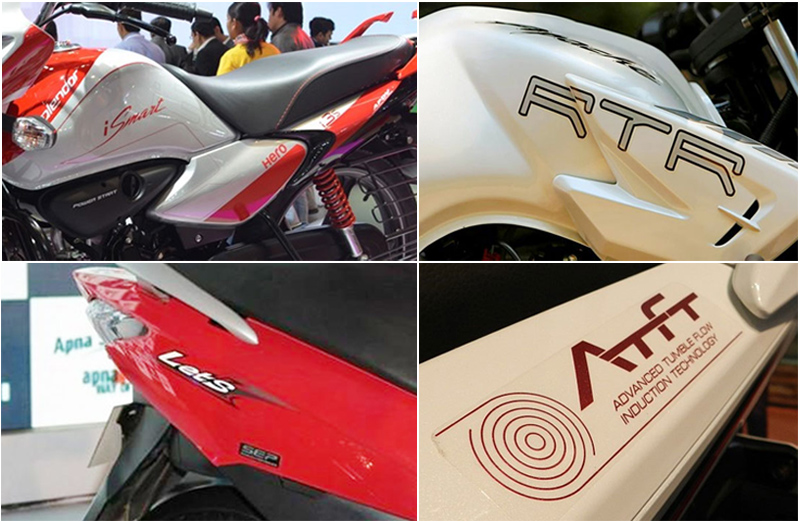
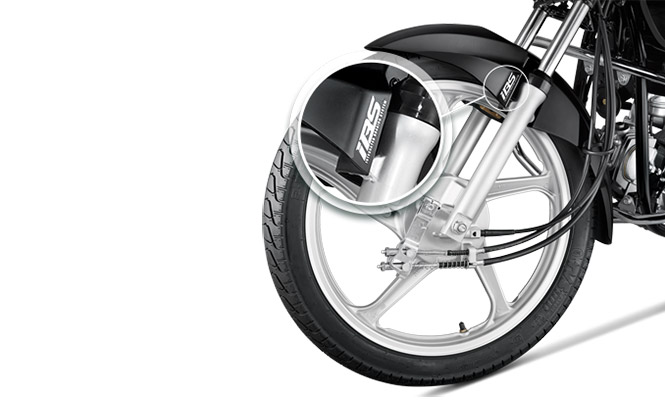
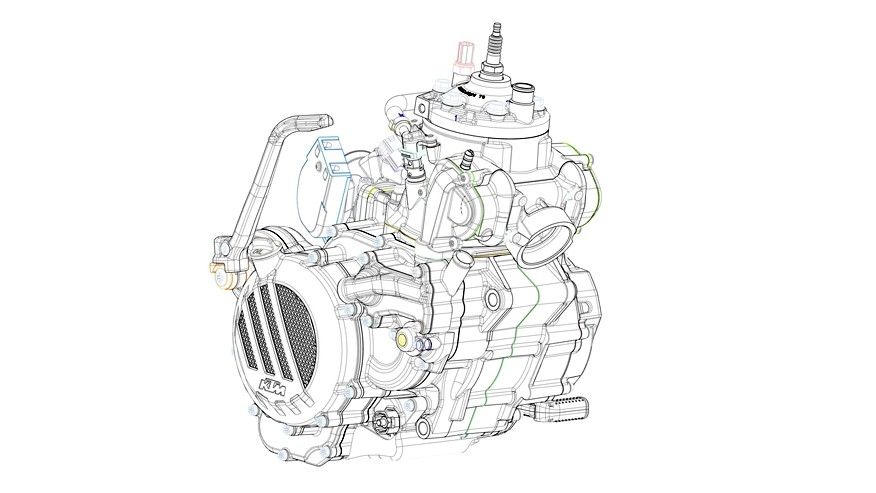
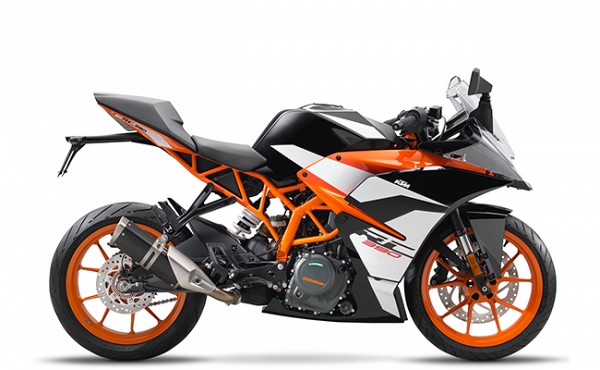
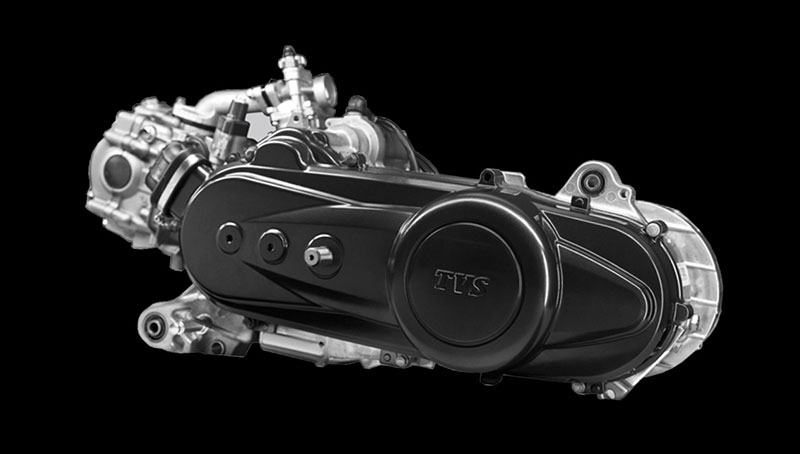
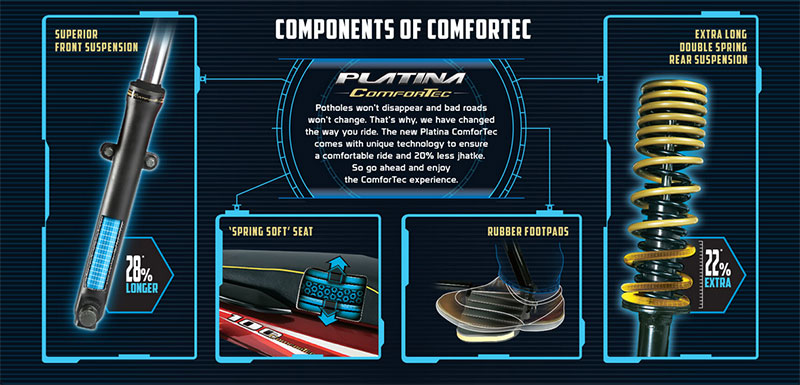
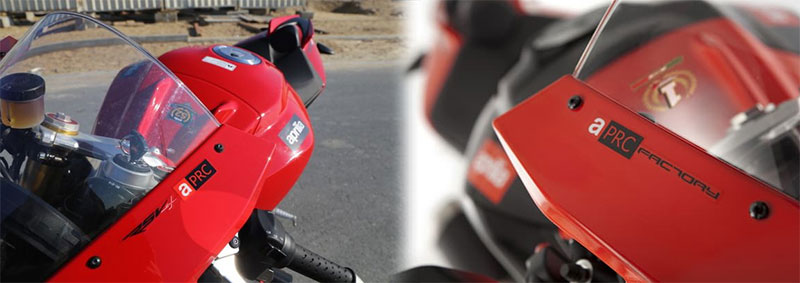
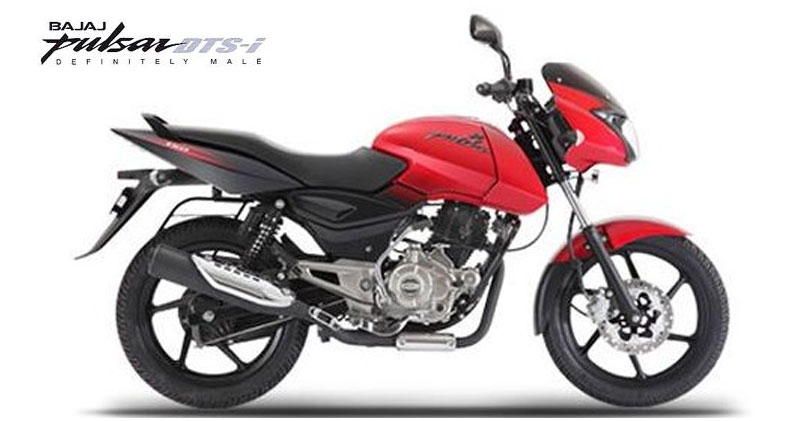
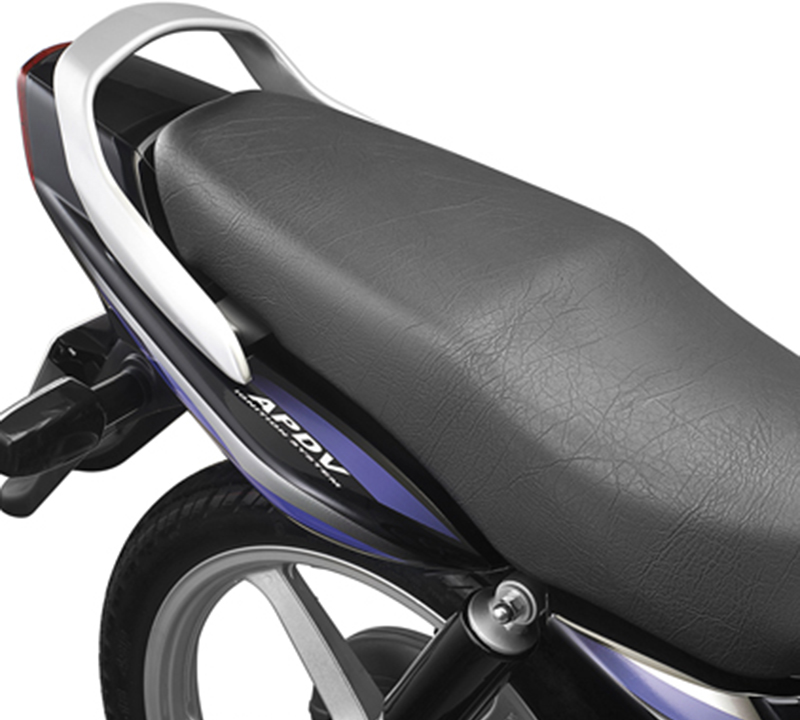
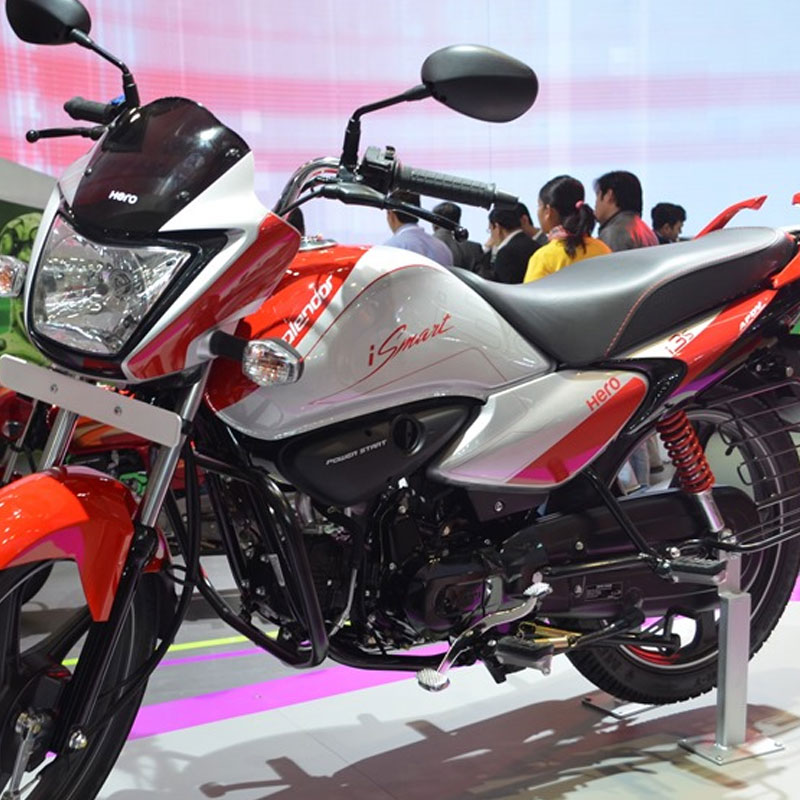
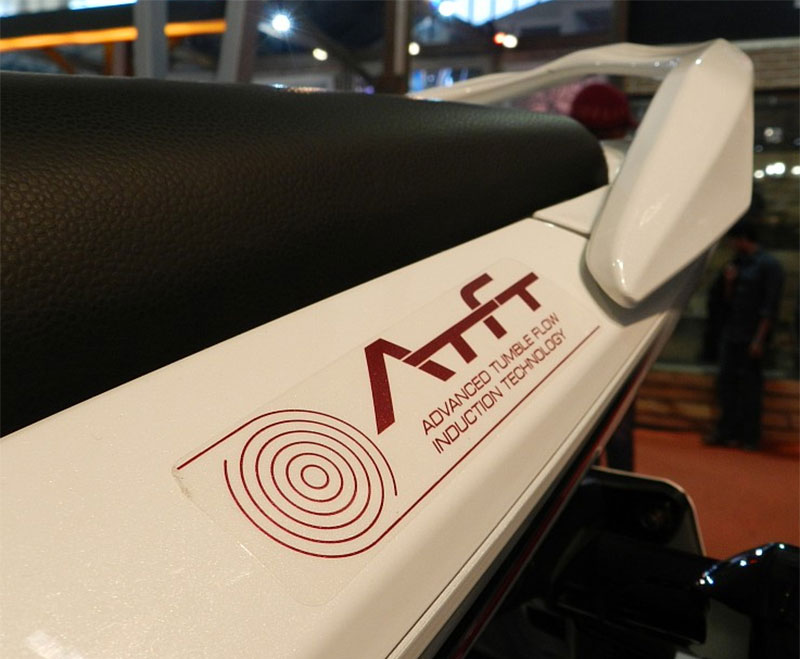
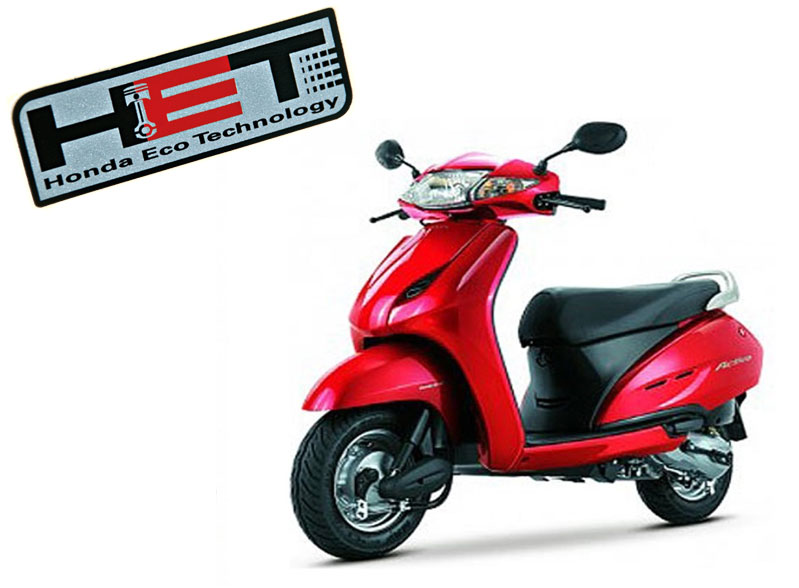
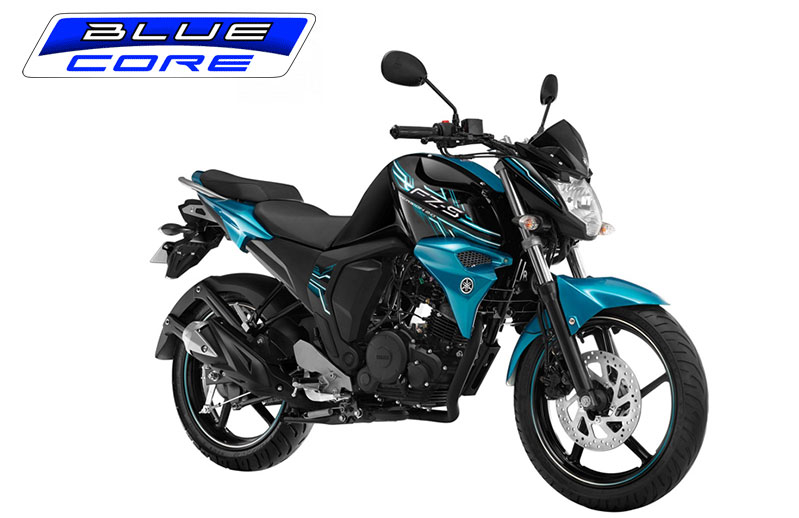
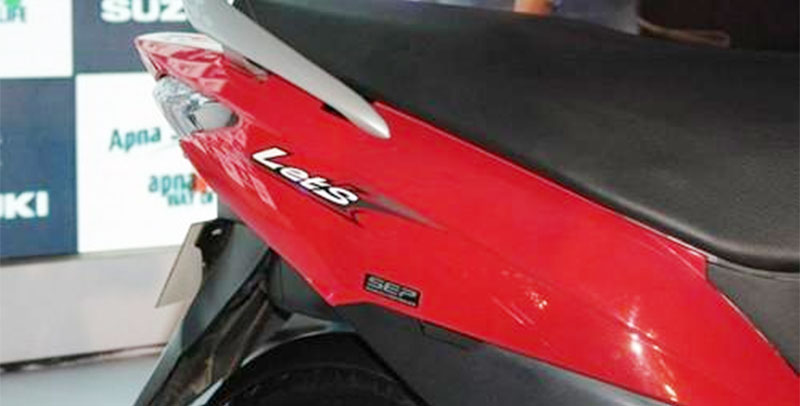
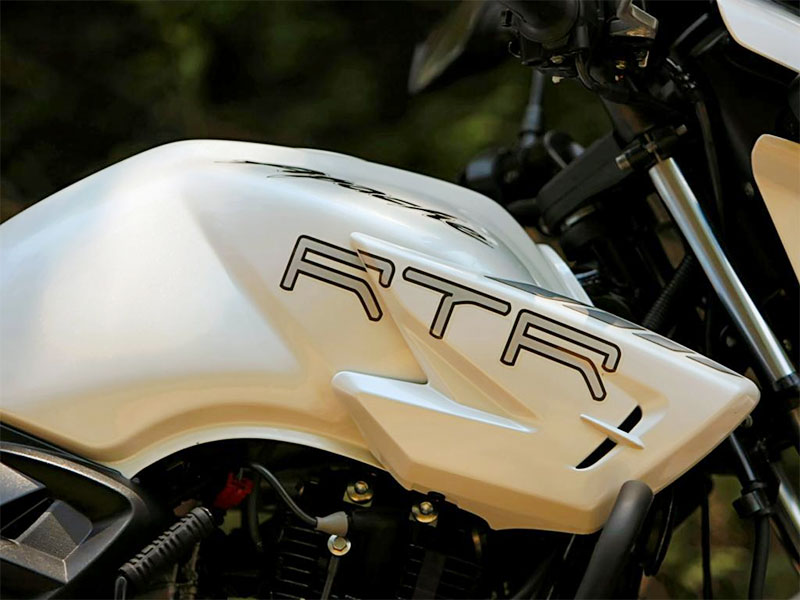
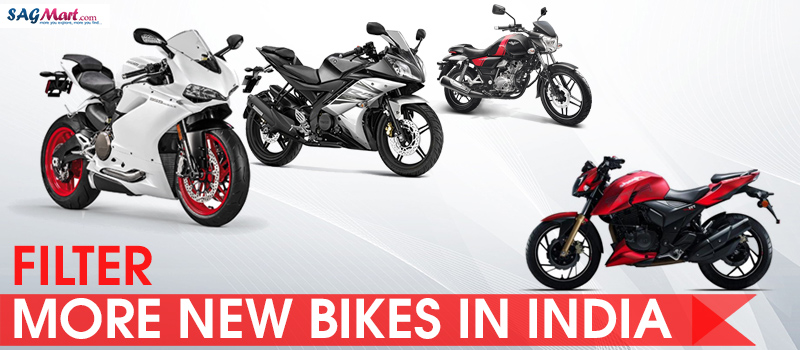
Leave a Reply